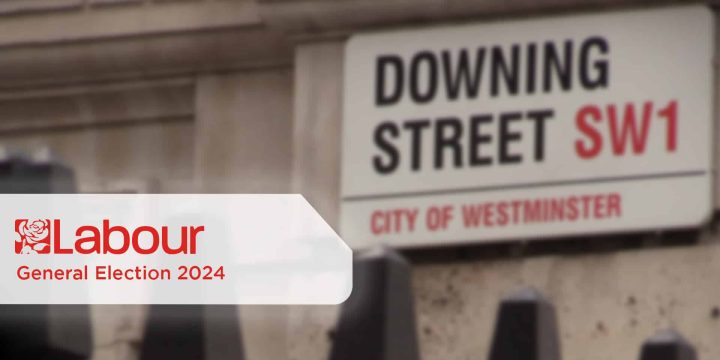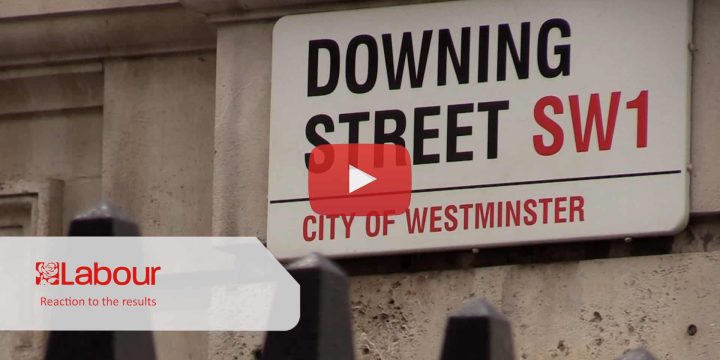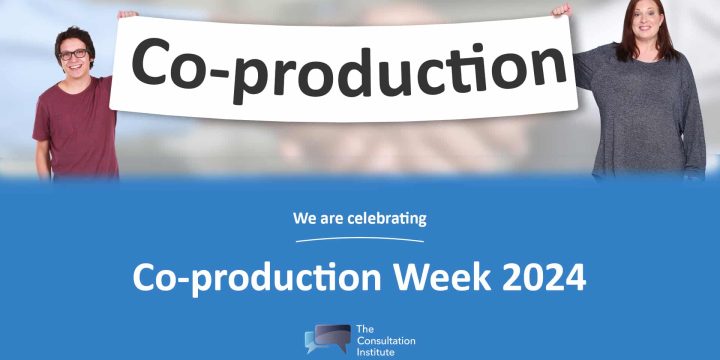News & Insights
How far I’ll go – Where lies the onus to reach out to consultees?
Last week, we wrote about the Government’s procedurally woeful response to the Gender Recognition Act consultation. In our piece, we identified that it was a controversial consultation, and whatever the result it would likely prove polarising. The reactions have come in thick and fast, on both sides. A couple of days ago, however, we saw a twitter thread the piqued our attention. The thread (which due to the charged nature of the debate, we will not be linking to) alleged amongst other things that ‘women were not consulted’.
In this particular consultation, the claim seems to fall at the first hurdle. The introduction to the consultation highlights that the Government particularly wanted to hear from “women’s groups, who we know have expressed some concerns about the implications of our proposals”.[1] This desire is repeated in the ‘audience’ segment of the ‘About this Consultation’ section of the documents, along with a general invitation that the consultation is open to everyone. The thread, however, though it may seem to be inaccurate here, does raise an interesting point: who is the onus on to make sure that the consultation reaches the people it needs to? And how much effort should they expend in doing so?
The first place we should look should of course be the law where the minimum legal requirements are set out. As you might anticipate, this is tied up closely with the issue of ‘who to consult’, however, our question is less about ‘who do you need to consult’, and more about how far do you need to go to reach them.
The most recent case to cover this is one which brought in statutory obligations. In R (British Blinds and Shutters Association) v Secretary of State for Housing, Communities and Local Government,[2] the claimants had missed out on the opportunity to comment on a consultation related to their products because although they had seen it, from the title they had assumed it was not relevant to them. Protesting this, they claimed that as the statute under which the consultation was taking place require the SoS to consult “such other bodies as appear to him to be representative of the interests concerned”, they should have been directly consulted. The Government replied that they had gone further than their obligations by conducting a general consultation and that their process, therefore, was sound. The judge disagreed. The consultor was under a statutory obligation to reach out and consult representative bodies, and therefore they should have done so, irrespective of who else they invited to respond.
The case cited in the Blinds and Shutters case by the claimants was the older (and significantly more difficult to find) Agricultural, Horticultural and Forestry Industry Training Board v Aylesbury Mushrooms.[3] The Aylesbury Mushrooms case concerned the statutory obligation to consult upon the training board and their subsequent posting of copies of the relevant draft order to a significant number of addresses with an invitation to comment. In his judgment, Donaldson J opined that “the mere posting of a letter constitutes but an attempt to consult and this does not suffice.” In doing so he rejected the Board’s argument that the fact they had posted the letter constituted consultation.
Blinds and Shutters and Aylesbury Mushrooms, however, deal with situations where consultation obligations are set out in legislation (even if it was in the vague form of ‘such other bodies etc.’). But what about when such obligations are not statutory? What common law obligations do consultors have? This is more tricky, and though it has been touched upon in many cases, there has never been a case that has given a comprehensive detailing of how far consultors should go in their attempts to reach their consultees. There are however certain general rules that we can derive from the authorities.
The basest of base lines must arguably be that there should be no attempt to prevent participation. Multiple cases have decried attempts to place barriers in the way of consultees responding. In Re Lynch,[4] this took the form of treating representations made at an early phase of the consultation process differently to those made at a later phase of the process. In Re Consumer Council,[5] the complaint was that details were being withheld unfairly in order to give respondents little time to return their comments.
So you must not erect unnecessary barriers to the response. But not actively attempting to prevent people from responding is a very low bar, and doing so would represent a very fundamental flaw in any consultation process. At the other end of the spectrum from stopping people from participating is actively reaching out to possible respondents. There have been cases which have suggested a general duty to actively seek out stakeholders. In R (Regas) v LB Enfield,[6] Enfield Council were caught out when they neglected to consult people who were outside their jurisdiction, but would nevertheless have an interest in their proposals.
The courts have always been appropriately reluctant to find that there is a general duty to individually notify consultees and potential consultees. In Blinds and Shutters, the defendants attempted to rely on prior judgments that in statutory claims there was no duty to give individual notice of a consultation to stakeholders. In Performance Retail Limited Partnership v Eastbourne Borough Council and Another,[7] Mr Ockelton (sitting as a Judge of the High Court) identified that an entitlement to personal notification “would have to be derived from the law, or a promise, or a legitimate expectation”. In the absence of any of these then, there is no obligation to reach out to individuals.
The law then directly gives only the loosest of guidance as to how far to go. But guidance itself may provide more illumination. The courts have held in Re Community Pharmacies[8] that although guidance does not confer direct legal rights, it may put duties on consultors by way of providing legitimate expectations to consultees. The Government’s 2018 “Consultation Principles”[9] includes as principle F:
“Consider the full range of people, business and voluntary bodies affected by the policy, and whether representative groups exist. Consider targeting specific groups if appropriate. Ensure they are aware of the consultation and can access it.”[10]
This statement is perhaps the purest expression of the duty to reach out that you will find. You must consider targeting specific groups, if appropriate. You must ensure they are aware of the consultation and can access it.
This is especially pertinent when dealing with groups with protected characteristics under the Equality Act 2010. Section 149 (3) puts the onus upon public bodies to ‘advance equality of opportunity, putting forward three considerations that should be considered. Firstly, the removal or minimisation of disadvantage, secondly the need to take steps to meet the needs of people with protected characteristics, and thirdly the duty to encourage people who have relevant characteristics to participate in public life. The third of these is particularly interesting, as it would seem to increase the necessity of actively reaching out to those with protected characteristics (particularly when their group is underrepresented in public life), and put more pressure on public bodies to do so. For consultors dealing with people with protected characteristics then, the cautious approach should always err in the direction of more is more.
It is obviously not plausible that everyone who could possibly have an interest in a consultation will ever be reached, but it is equally important to consider that there is no requirement to do so. The impossible is never the goal. As with many things in public consultation, the importance is in making sure the process is robust and defensible. One of the reasons that the Institute is such a strong advocate of the importance of stakeholder mapping is because it is one of the securest ways (when done well) to ensure not only that you have thought about who you need to reach and how you need to try and reach them, but also to demonstrate a robust process in having done so.
One of the results of the Blinds and Shutters case was that the Government’s attempts to reject the judgment in Aylesbury Mushrooms on grounds of age was turned down. One of the quotes from that case remains a perennial summary of the consultation. “The essence,” said Judge Donaldson “of consultation is the communication of a genuine invitation, extended with a receptive mind, to give advice.” There is not a prescriptive approach to how far a consultor should go in reaching out, but it’s clear that reasonable efforts must be made to ensure that the right people hear about it and are able to respond. We started this piece responding to a twitter user who claimed that specific groups were not consulted on a controversial consultation. We hope that by the end, readers might be a little clearer as to how they should start to approach the task, and how far they should be prepared to go to ensure that their consultations do not come under the same criticism.
This article is a brief overview of the requirements on consultors to reach out to potential consultees. If you would like to ensure your internal standards are in line with best practice, the Institute offers e-learning courses on both the Law of Consultation, and Stakeholder Mapping. For more information, please visit the e-learning pages of the website, or contact the Institute.
[1] Reform of the Gender Recognition Act- Government Consultation (2018), p2
[3] [1972] 1 WLR 191
[9] Applicable to government departments
[10] Government Consultation Principles (2018) Cabinet Office, London



